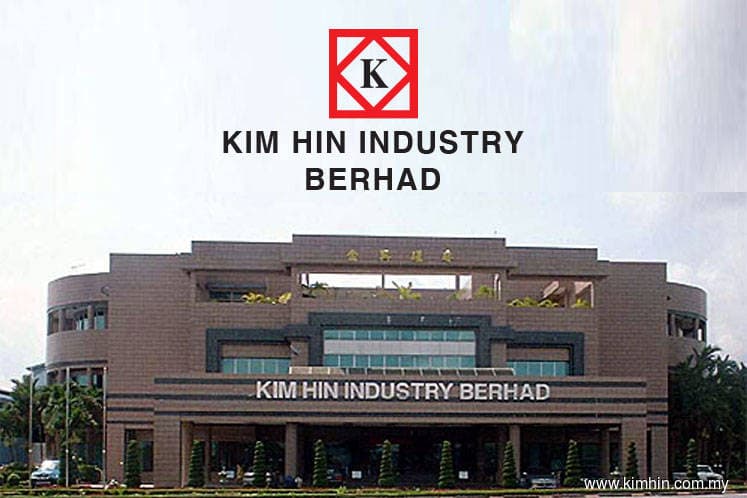
This article first appeared in The Edge Financial Daily on June 26, 2018
Kim Hin Industry Bhd
(June 25, RM1.28)
Maintain neutral with a target price (TP) of RM1.33: With an expected total return of 6%, based on 0.35 times price-to-book value (PBV) of financial year 2018 forecast book value per share of RM3.80.
The industry’s overall soft picture has remained unchanged from several quarters ago. This is due to a domestic property sector slowdown and keen competition in a generally well-supplied market from a combination of local production and an influx of imported tiles — particularly from China. Rising material costs, mainly energy, are also a challenge. No significant capital expenditure (capex) is expected in the near term, while it explores the possibility of shifting production capacity from Kuching to Senawang on cost advantage. We keep our earnings forecasts.
Due to concerns over the 14th general election in the second quarter (2Q), domestic demand was affected, as buyers scaled back purchases. This is expected to normalised in 3Q. However, given the domestic property sector’s soft state, we do not expect demand to significantly improve over the next few quarters.
On Australian operations, while the sales volume was healthy, the weakening of the Australian dollar/ringgit exchange rate did not help its bottom line. Year to date (YTD), it has averaged at 3.04, versus 3.30 in 2017. We understand that material costs have been on the rise YTD, with the most recent being the upward revision of natural gas tariffs in Peninsular Malaysia. Overall plant utilisation is 80% to 90%.
There is no significant capex in the pipeline. Kim Hin is exploring the possibility of moving its production line from the Kuching plant to Senawang, via plant expansion of the latter. Despite the recent hike in natural gas prices in Peninsular Malaysia, they are still cheaper than liquefied petroleum gas, which is used at the Kuching plant. We understand that energy cost makes up a significant portion of the overall tile production cost.
Should this move materialise, it could bring down overall production costs in the medium to long term. In terms of financial risk, management continues to focus on its cash flow (its 1Q operating cash flow was in position despite the headline loss) and balance sheet (net cash) strength in navigating through the current soft patch.
We maintain “neutral” with a TP of RM1.33, valued at 0.35 times PBV, which is -1 standard deviation from its 10-year mean of 0.42 times. Without further deterioration in the macroeconomics and/or change in the financial market’s risk appetite, we believe this sufficiently reflects the industry’s current operating landscape.
Key risks include a prolonged contraction in demand for tiles, rising competition and unfavourable forex movements. — RHB Research Institute, June 25